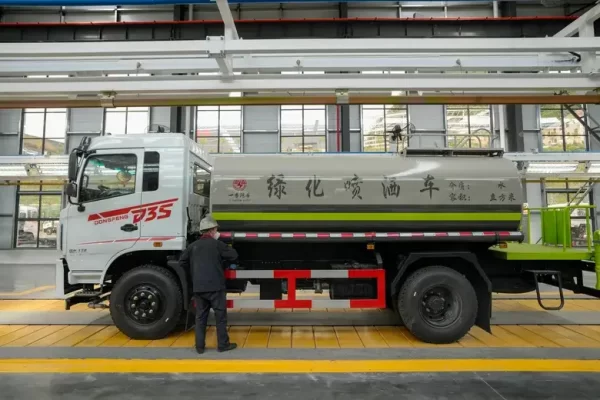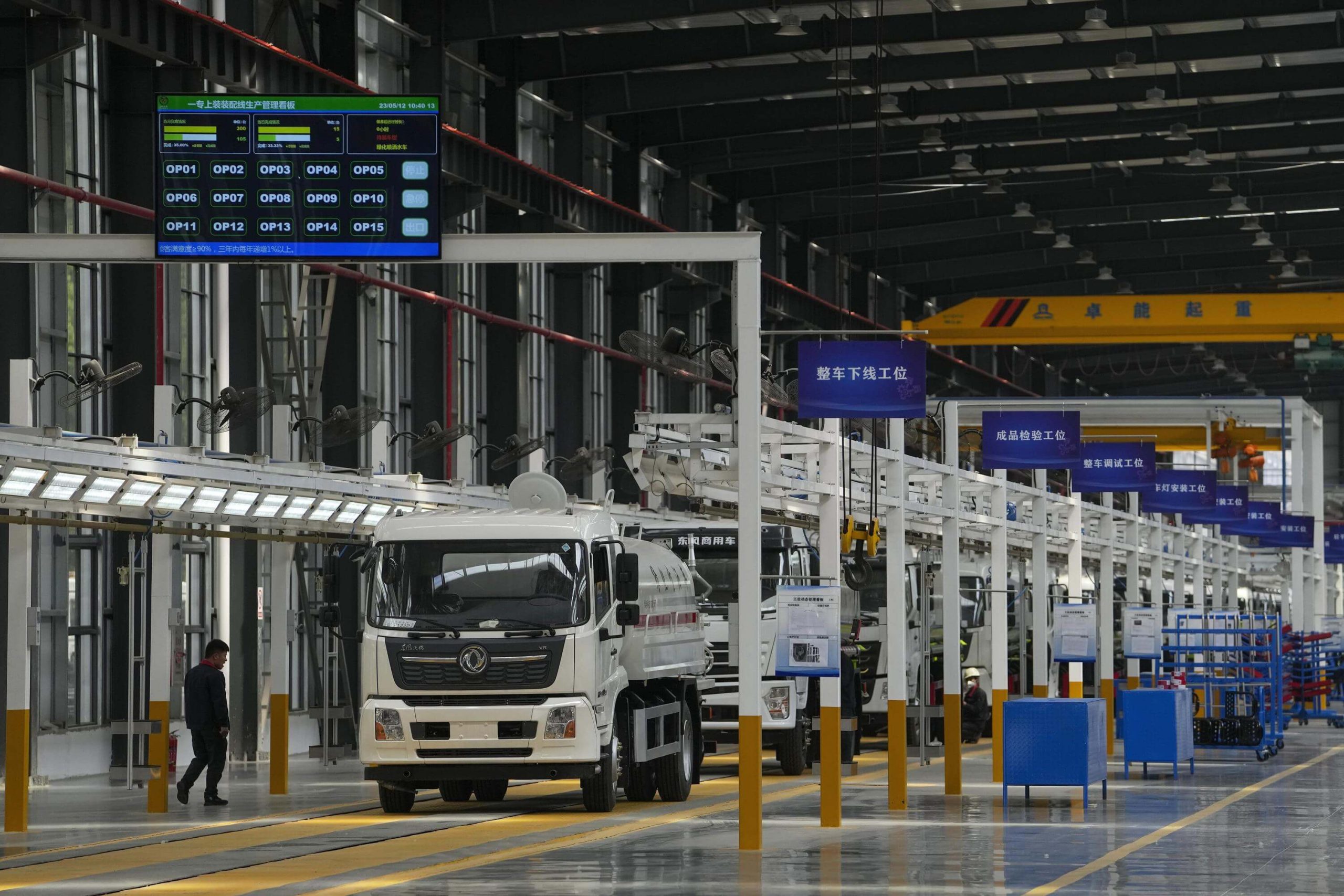China Struggles with Weak Post-COVID Economic Recovery as Sales and Confidence Wane
Yizhuan Automobile Co., based in Hubei province, the region where the first COVID-19 cases were detected, is experiencing slow growth in sales. Despite an initial pickup after the easing of anti-virus controls.
The company’s sales are only showing modest single-digit increases compared to the previous year’s depressed levels post-COVID economic recovery. Rebuilding business lost during the pandemic remains a struggle for many companies in China.
After a promising start in the first quarter, China’s factory output and consumer spending are weakening. Raising concerns about the country’s economic recovery.
An official survey in April revealed a record high unemployment rate among young urban workers. With one in five individuals unemployed.
Although economic growth accelerated to 4.5% in Q1 compared to the previous quarter, experts suggest that the peak of the recovery may have already passed.
You may also like: China Trade Slows in May, Indicating Economic Recovery is Stalling
China’s Economic Growth Shows Signs of Stalling After Post-COVID Economic Recovery

To meet the Communist Party’s target of achieving “around 5%” economic growth for the year, China would need to see further acceleration.
However, the current momentum appears less promising, according to economists. A rebound in domestic demand, supported by government initiatives, is essential to restore confidence among businesses and consumers.
Despite the lifting of restrictions and hopes for a consumer boom, retail sales in China remain lackluster.
Shoppers are cautious about the economic outlook and potential job losses, leading to reluctance in making significant purchases after post-COVID economic recovery.
Retail sales in April grew by 18.4% compared to the previous year, falling short of private sector forecasts calling for up to 35% growth.
Factory output also declined by 0.5% from March, and manufacturing contracted further in May, with new orders and export orders decreasing.
The decline in global consumer demand, exacerbated by interest rate hikes in major economies, has impacted China’s exports.
In May, exports fell by 7.5% compared to the previous year, with exports to the United States plunging by 18.2%.
Chinese automakers and manufacturers are seeking to compensate for weak domestic demand by expanding their presence in overseas markets. Efforts to revive orders and secure sales abroad are underway, but challenges persist.
Concerns about the post-COVID economic recovery and international developments have led to hesitation among consumers and businesses in China.
The uncertain climate has affected spending patterns, with customers becoming more cautious and less willing to make significant financial commitments.
This cautious approach is particularly evident in hiring decisions, with many employers showing reduced intention to invest in recruitment compared to pre-pandemic times.





